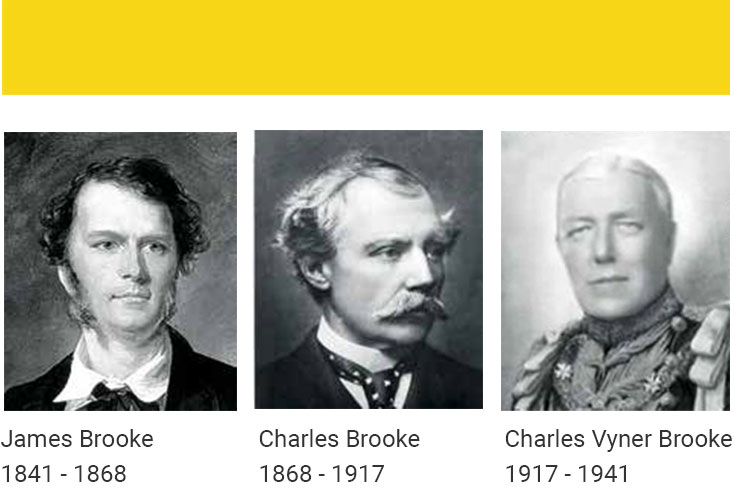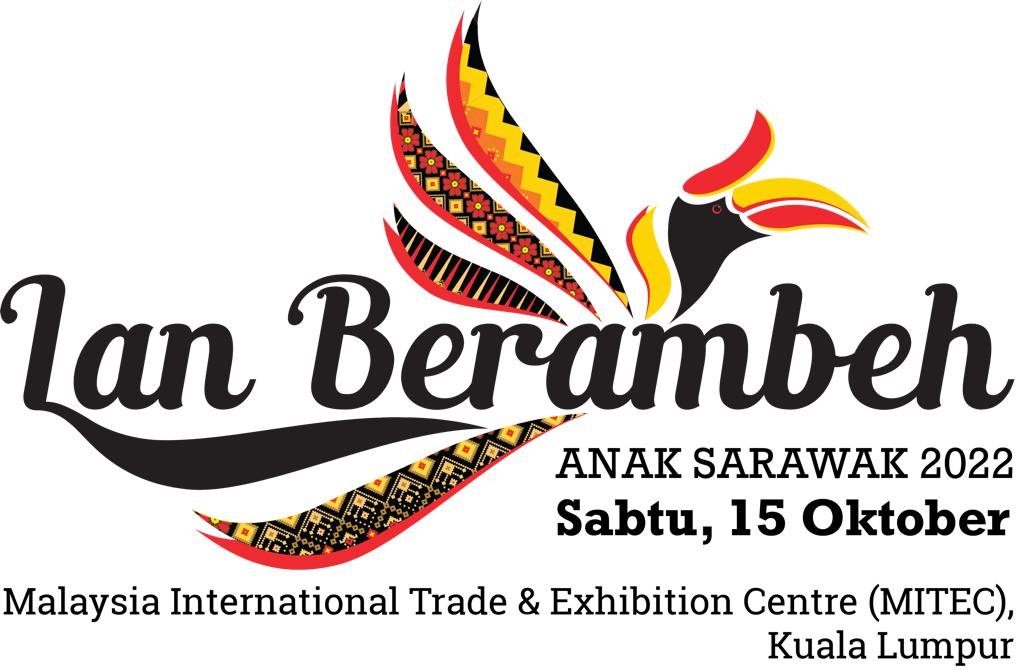| AJAX Error Sorry, failed to load required information. Please contact your system administrator. |
|
|
| Close | ||
| Loading..... |
The Brooke Era (1841 - 1941)
 |
James Brooke had served in the East India Company’s army in his younger days. On his second visit in 1841, he agreed to help Raja Muda Hashim to quell the rebellion in Sarawak. As a reward, he was installed as the Rajah of Sarawak (which comprised the territory from Tanjong Datu to the Sadong River) in Kuching on 18 September 1842. Sarawak’s border continued to expand from Sadong River to Tanjong Kidurong until he was succeeded by his nephew, Charles Brooke in 1867. James Brooke died in England in 1868.
Under Charles Brooke, who ruled from 1868 until his death in 1917, the territory of Sarawak was extended to include Baram (1881), Limbang (1890) and Lawas (1905), and to its present boundaries. At this time, the government machinery was formalised with proper laws and order, and efforts were made towards economic development using technologies from the west.
Rajah Charles introduced public administration system, built a strategic network of fortresses, including Fort Margherita. The mass Chinese migration, growth of rubber plantation, oil prospecting in Miri, establishment of the Sarawak Museum, the famed Sarawak Rangers and Sarawak constabulary took place during his reign.
Charles Vyner Brooke, the second son of Charles Brooke, succeeded his father to become the third Rajah of Sarawak on 24 May 1917. The elder son Betram Brooke had earlier on declined the offer to rule. Vyner Brooke formulated a new constitution, which put an end to the absolute power of the Rajah in 1941. The Council Negri was given the power to ensure that no law could be passed or money spent without its consent.
During the century of Brooke rule, the Brooke authority was constantly challenged by the local indigenous leaders, most notably Sharip Sahap, Sharip Masahor, Rentap, Bantin and the Hakka gold miners from Bau led by Liu Shan Bang. However, the Brookes were able to contain all the uprisings.
State Secretary
Sarawak State Secretary Office,
Level 20 , Wisma Bapa Malaysia
Petra Jaya, 93502 Kuching
Tel :082-441957
Fax :082-441677
Email: 555999@sarawak.gov.my
Copyright © 2018-2024 Sarawak Government. All rights reserved.
Disclaimer: The Government of Sarawak shall not be liable for any loss or damage caused by the usage of any information obtained from this portal. Services provided through this portal are subject to the terms and conditions of the respective providers
Best viewed with latest Firefox and latest Google Chrome in 1024 x 768 screen resolution.
No. of visitors 23956197

